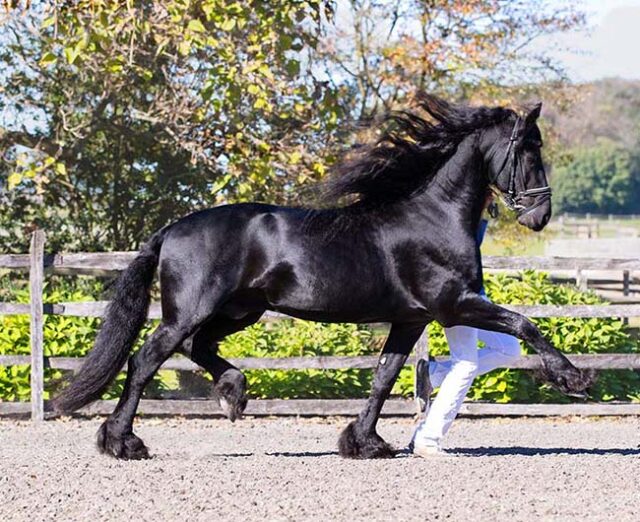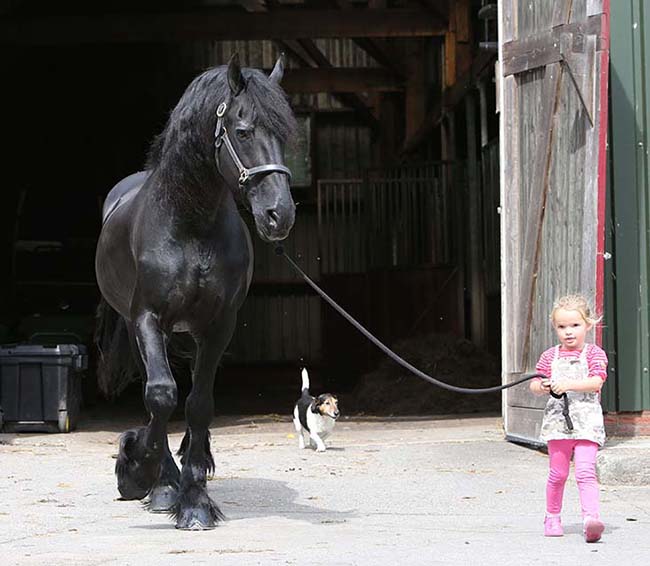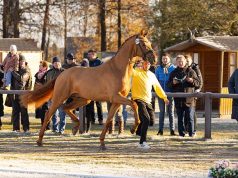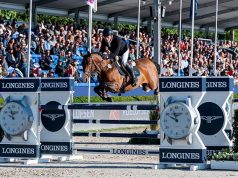
By Adriana van Tilburg
Photos: Karin Sevink, Remco Veurink, Stacy Lynne, Digishots
The Friesian is considered black gold ‘swarte goud’, and have gained enormous worldwide popularity over the past 30 years. From Australia and China to the USA, Friesians can be found everywhere, from their origins in Friesland, a province in the north of the Netherlands.
Of course, showjumping breeders will already know the area as being the birthplace of Wiepke van de Lageweg and where his VDL studfarm is located. However, when I drive through Belgium, Germany, or France researching articles about showjumping bloodlines I always feel a piece of home when I see Friesian horses as I too was born in Friesland.
WBFSH membership
As World Breeding News focuses on the Olympic disciplines, and sport horses bred by member studbooks of the WBFSH, this profile has been facilitated by the Federation’s recognition of Friesian horses at their last General Assembly. The following quote can be found on the WBFSH website in the published minutes from the GA 2020: “This studbook has applied for membership in the past. In recent years the studbook has demonstrated a steady increase in horses competing at international level dressage. It is a closed studbook with a breeding goal that reflects a strong, fundamental emphasis on sport aptitude. The KNHS (Dutch Equestrian Federation) is confident that the KFPS will contribute positively towards the WBFSH goals. The studbook has 13,000 members, 15,000 registered brood mares and currently has 130 active, approved stallions. In the last five years the studbook has registered an average of 3,500 foals per year. For horses to be registered the studbook requires a covering certificate and a veterinary-authorised birth certificate. Horses are microchipped and given a UELN (Unique Equine Life Number). Selection procedures for stallions and mares are carried out. Genetic evaluation is part of their breeding improvement plan. The WBFSH board agreed with the recommendation of the department of development that the KFPS meet the criteria for full WBFSH membership. This is due for ratification of the members at the GA 2021.”
Eveline van Kooten, board secretary of KFPS, recalls the process: “In 2007 we made our first request to join the WBFSH and were turned down in November [of that same year] 2007 because the Friesian was not a riding horse according to the WBFSH. We sent a new request having outlined our new breeding goal, and that we were specifically working towards breeding a sport horse. This was turned down without giving a reason. In 2016 we made a third request, also turned down, because there were insufficient Friesians in the international dressage sport. In May 2020 we sent our fourth request, which was accepted.”

History of the Friesian horse
The Friesian horse is the only breed native to the Netherlands, where it has been known since as far back as the 13th century. As early as 1625, Friesian horses were being imported into what later would become the USA... To read the complete article you need to be a subscriber
CLICK HERE TO SUBSCRIBE TO BREEDING NEWS
SUBSCRIBERS CAN READ THE COMPLETE ARTICLE BY LOGGING IN AND RETURNING TO THIS PAGE



